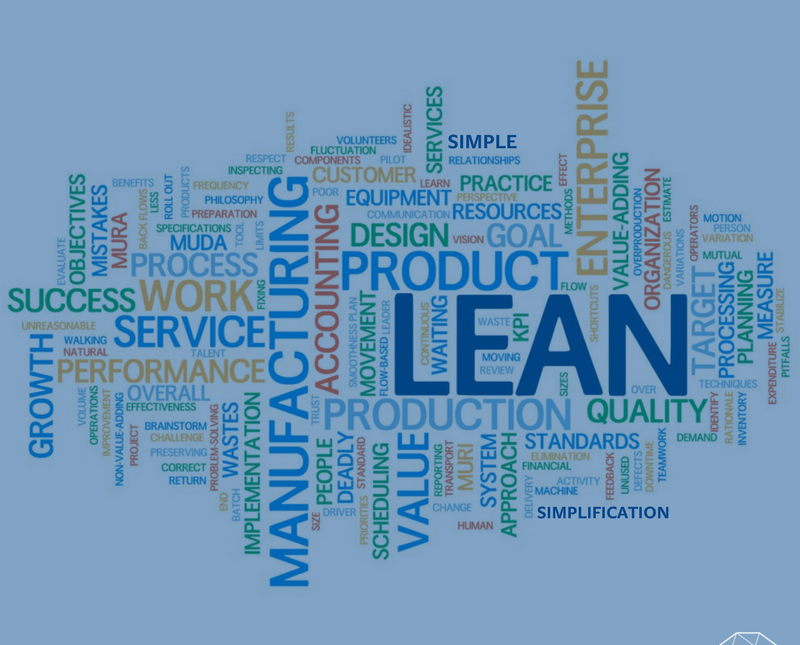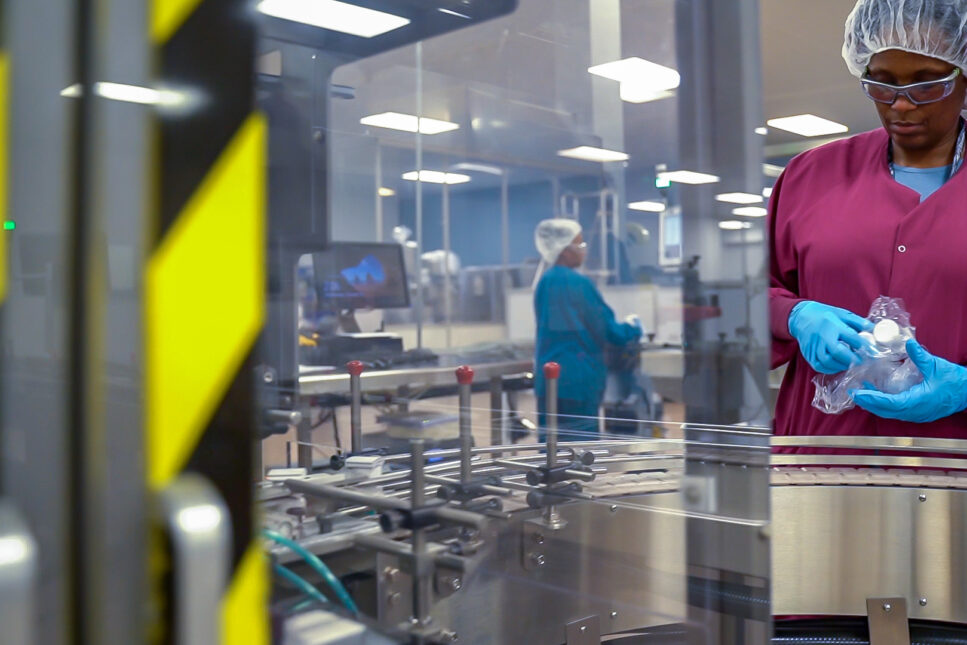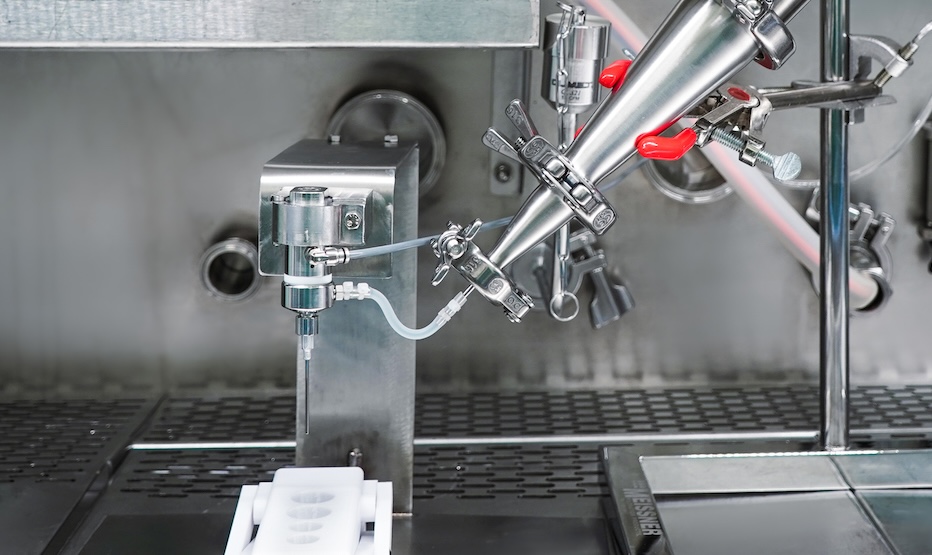John McCullough, Continuous Improvement Director at Sharp, discusses how many people overcomplicate lean management.
Many businesses and organizations have experimented with lean methodology and thinking over the roughly 30+ years since the world got a behind-the-scenes look at Toyota’s Production System. They have all seen the great power that frequent, good change can have in developing a world-class business. Although there are no hard and fast statistics, many lean endeavors outside of Toyota had little impact, weren’t sustained, or did not lead to organizational change. There are a myriad of reasons for not getting the results expected from any lean effort, but there is one aspect of successful lean thinking and activity that can’t be overlooked.
Lean is Simple
The many principles, concepts, activities and tools that encompass lean thinking are usually easy to grasp and generally seek to simplify things. Take for example, the concept of visual management. Can we develop a way to make it obvious what is, or isn’t happening, at a glance? Some common answers to that question are scoreboards, footprinting, color coding, traffic lights, etc. A fundamental theme in lean is a simplification. The simpler we can make things, the more likely we are to get the results we expect to get, or at least easily understand why we aren’t getting the results we expected.
So why do lean experiments or activities fail?
Thomas Edison has been attributed with the quote:
Opportunity is missed by most people because it is dressed in overalls and looks like hard work.
One of the leading reasons for failure is that it comes down to lean requiring hard work. First and foremost is the knowledge work – the thinking required to develop a future state and a path to make it a reality. As creatures of habit, humans tend to focus on executing the current state better, faster or in greater quantity; not necessarily blazing a new trail or re-imagining a series of processes. Oftentimes, dedicated thinking time is the first activity to be cut out when we become fixated on problems that are staring us in the face, or when we begin to feel overburdened.
The second way in which lean requires hard work is that most change requires frequent, quick “touches” between people/processes. Although these touches can have different purposes, one of the most commonly neglected purposes is in order to check “what is happening” vs “what should be happening” AND take immediate action to help correct the condition. This is usually pretty simple in practice, only taking a few minutes, but is nevertheless hard work, because it requires an enormous amount of diligence and, sometimes, a little bravery to have uncomfortable conversations.
Many people will overcomplicate lean, while there is a virtual mountain of opportunity for quick simple improvements, if only we put in the hard work.





